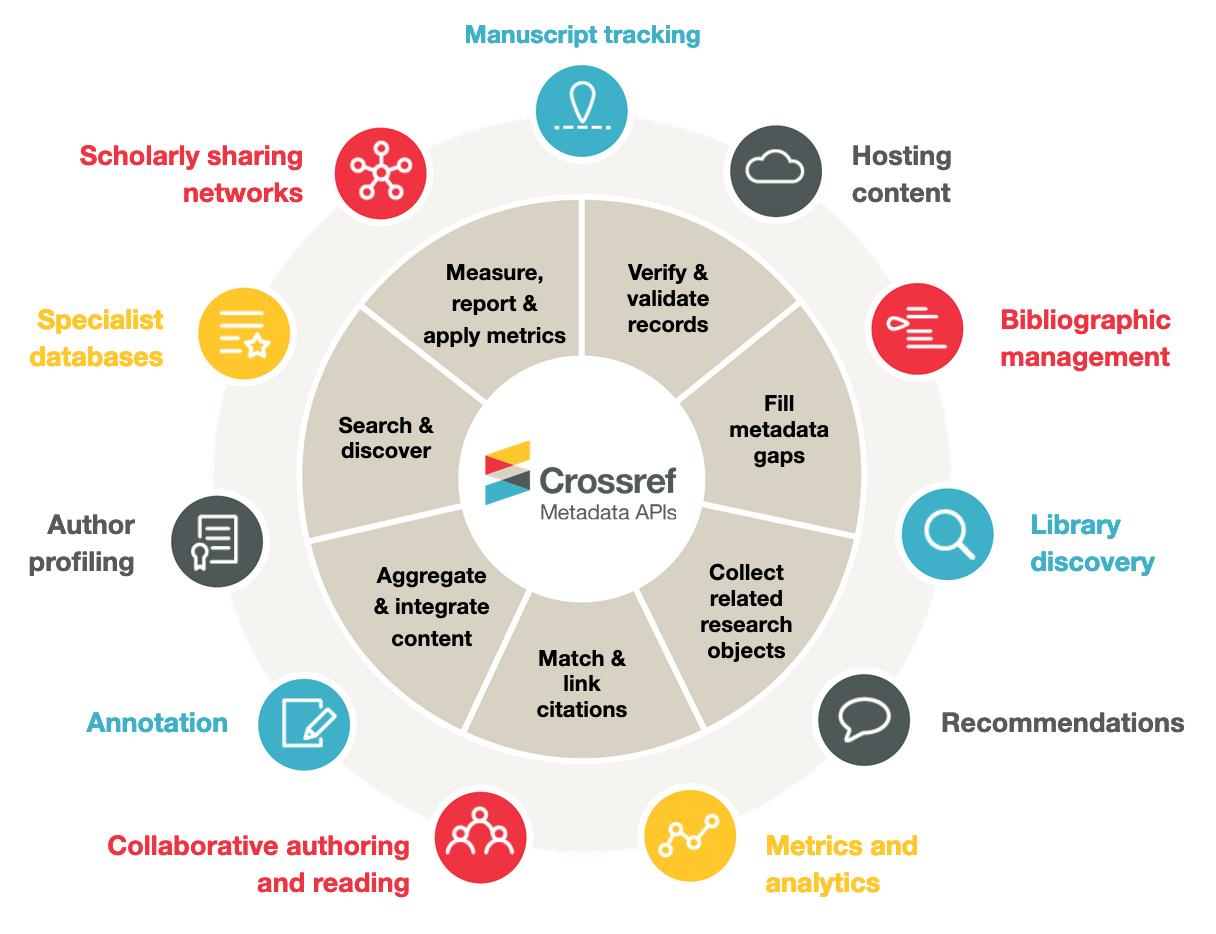Inequalities in the nutritional epidemiology of children in Cochabamba: ten years after the Multisectoral Zero Malnutrition Program.
Inequalities in children's nutritional epidemiology in Cochabamba
Keywords:
Breastfeeding, complementary feeding, child malnutrition, inequality, child nutrition unitsAbstract
Ten years after of the promulgation of Multi sectorial Zero Malnutrition Program, and more than a five-year of the Integral Nutrition Units (UNI) implementation, there is no local epidemiological information about its impact at the population level.
Objective: to analyze the inequalities in the prevalence of the risk factors associated with child malnutrition in municipalities with and without UNI from Cochabamba.
Methods: an ecological cross-sectional study with aggregated data by municipality was conducted, using the information collected by the departmental study on Risk Factors Associated with Child Malnutrition in Cochabamba (FRAMIC). The municipalities with and without UNI from Cochabamba were the analysis units. Prevalence averages of the municipal level were calculated by the study group, accompanied by standard deviations and student’s T-test for statistical differences. For the analysis of inequalities, the concentration index of the accumulated prevalence per study group was used.
Results: the prevalence of exclusive breastfeeding was higher in municipalities with UNI (75%). The adequate complementary feeding and Nutribebe delivery coverage were higher in municipalities with UNI (76% and 83%). No statistically significant differences were found in the use of Nutribebe and iron supplement between municipalities with and without UNI. The reduction in the prevalence of chronic malnutrition was higher in municipalities with UNI. Conclusion: there are no statistically significant differences in the prevalence of child malnutrition among municipalities with and without UNI; showing that the presence of the UNI contributed to reducing the inequality gap in the prevalence of chronic malnutrition among the study groups.
Metrics
References
Metas mundiales de nutrición 2025: Documento normativo sobre retraso del crecimiento [Global nutrition targets 2025: stunting policy brief ]. Ginebra: Organización Mundial de la Salud; 2017 (WHO/NMH/NHD/14.3). Licencia: CC BY-NC-SA 3.0 IGO.
INE. EDSA 2016. [Internet]. [citado 21 de octubre de 2018]. Disponible en: https://www.ine.gob.bo/index.php/notas-de-prensa-y-monitoreo/itemlist/tag/EDSA%202016
Metas mundiales de nutrición 2025: documento normativo sobre anemia [Global nutrition targets 2025: anaemia policy brief ]. Ginebra: Organización Mundial de la Salud; 2017 (WHO/NMH/NHD/14.4). Licencia: CC BY-NC-SA 3.0 IGO.
OMS | Número de países clasificados en función de la importancia de la anemia para la salud pública [Internet]. WHO. [citado 21 de octubre de 2018]. Disponible en: http://www.who.int/vmnis/database/anaemia/anaemia_data_status_t4/es/
Unidad de Alimentación y Nutrición 2 [Internet]. [citado 22 de octubre de 2018]. Disponible en: https://www.minsalud.gob.bo/38-libros-y-normas/fichas-bibliograficas/1679-unidad-de-alimentacion-y-nutricion-2
Asada Y, Hurley J, Norheim OF, Johri M. Unexplained health inequality – is it unfair? International Journal for Equity in Health 2015; 14:11.
Alarcon WR. Factores socioeconómicos y zona de residencia como estratificadores de desigualdades en salud en Bolivia. Rev Panam Salud Pública. 2017;41: e155. doi: 10.26633/RPSP.2017.155
INEI - Perú: Encuesta Demográfica y de Salud Familiar 2016 - Nacional y Regional [Internet]. [citado 12 de noviembre de 2018]. Disponible en: https://www.inei.gob.pe/media/MenuRecursivo/publicaciones_digitales/Est/Lib1433/index.html
Torres YF, Borda MG, Hernández JA, Bernal SMR, Guzman C, Pulido N, et al. Instituto nacional de salud subdirección de investigación grupo de nutrición. 2013;175.
UNICEF Ecuador - Situación de la niñez - Lactancia materna [Internet]. [citado 21 de octubre de 2018]. Disponible en: https://www.unicef.org/ecuador/children_5634.html
Santander C. Gilka. Percepción de madres de niños y niñas menores a 5 años sobre la administración de micronutrientes del centro de salud achumani de la paz en la gestión 2012. T-PG-859.pdf [Internet]. [citado 21 de octubre de 2018]. Disponible en: http://bibliotecadigital.umsa.bo:8080/rddu/bitstream/123456789/4174/1/T-PG-859.pdf
Crecimiento y desarrollo.pdf [Internet]. [citado 21 de octubre de 2018]. Disponible en: https://www.unicef.org/peru/_files/notas_prensa/carpetasinformativas/crecimiento_y_desarrollo.pdf
Ministerio de Salud de Chile. Bases técnicas MI SOPITA. [Internet]. [citado 21 de octubre de 2018]. Disponible en: http://www.minsal.cl/portal/url/item/94a33f151f45a574e04001011f0131dd.pdf
Comienza suministro de micronutrientes en el país [Internet]. [citado 21 de octubre de 2018]. Disponible en: https://www.minsalud.gov.co/Paginas/Comienza-suministro-de-micronutrientes-en-el-pais.aspx
Alianzas para la nutricion.pdf [Internet]. [citado 21 de octubre de 2018]. Disponible en: https://www.unicef.org/ecuador/alianzasparalanutricion.pdf
Durán P. , Mangialavori G. ,Biglieri A , Kogan L. ,Abeyá E. Estudio descriptivo de la situación nutricional en niños de 6-72 meses de la República Argentina. Resultados de la Encuesta Nacional de Nutrición y Salud (ENNyS). Arch Pediatr Urug 2011; 82(1): 47-58.
BoletinNutricion.pdf [Internet]. [citado 21 de octubre de 2018]. Disponible en: http://www.ispch.cl/sites/default/files/documento/2017/01/BoletinNutricion.pdf
Palma G, https://www.facebook.com/pahowho. OPS/OMS Chile - Informe nutricional FAO/OPS: Mujeres chilenas lideran índice de obesidad en Sudamérica | OPS/OMS [Internet]. Pan American Health Organization / World Health Organization. 2017 [citado 21 de octubre de 2018]. Disponible en: https://www.paho.org/chi/index.php?option=com_content&view=article&id=962:informe-nutricional-fao-ops-mujeres-chilenas-lideran-indice-de-obesidad-en-sudamerica&Itemid=1005
Mamani Ortiz Yercin, Olivera Quiroga Vania, Luizaga Lopez Marcela, Illanes Velarde Daniel Elving. Conocimientos y prácticas sobre lactancia materna en Cochabamba-Bolivia: un estudio departamental. Gac Med Bol [Internet]. 2017 Dic [citado 2019 Oct 01] ; 40( 2 ): 12-21. Disponible en: http://www.scielo.org.bo/scielo.php?script=sci_arttext&pid=S1012-29662017000200004&lng=es
Mamani Ortiz Yercin, Choque Ontiveros María Del Carmen, Rojas Salazar Enrique Gonzalo, Caero Suarez Roberto Israel. La desnutrición infantil y su relación con los pisos ecológicos en Vinto, Cochabamba, Bolivia. Gac Med Bol [Internet]. 2012 [citado 2019 Dic 01] ; 35( 1 ): 16-21. Disponible en: http://www.scielo.org.bo/scielo.php?script=sci_arttext&pid=S1012-29662012000100004&lng=es
Mamani Ortiz Yercin, Luizaga Lopez Jenny Marcela, Illanes Velarde Daniel Elving. Malnutrición infantil en Cochabamba, Bolivia: la doble carga entre la desnutrición y obesidad. Gac Med Bol [Internet]. 2019 Jun [citado 2019 Oct 01] ; 42( 1 ): 17-28. Disponible en: http://www.scielo.org.bo/scielo.php?script=sci_arttext&pid=S1012-29662019000100004&lng=es
Downloads
Published
How to Cite
Issue
Section
License

This work is licensed under a Creative Commons Attribution-NonCommercial-ShareAlike 4.0 International License.

























